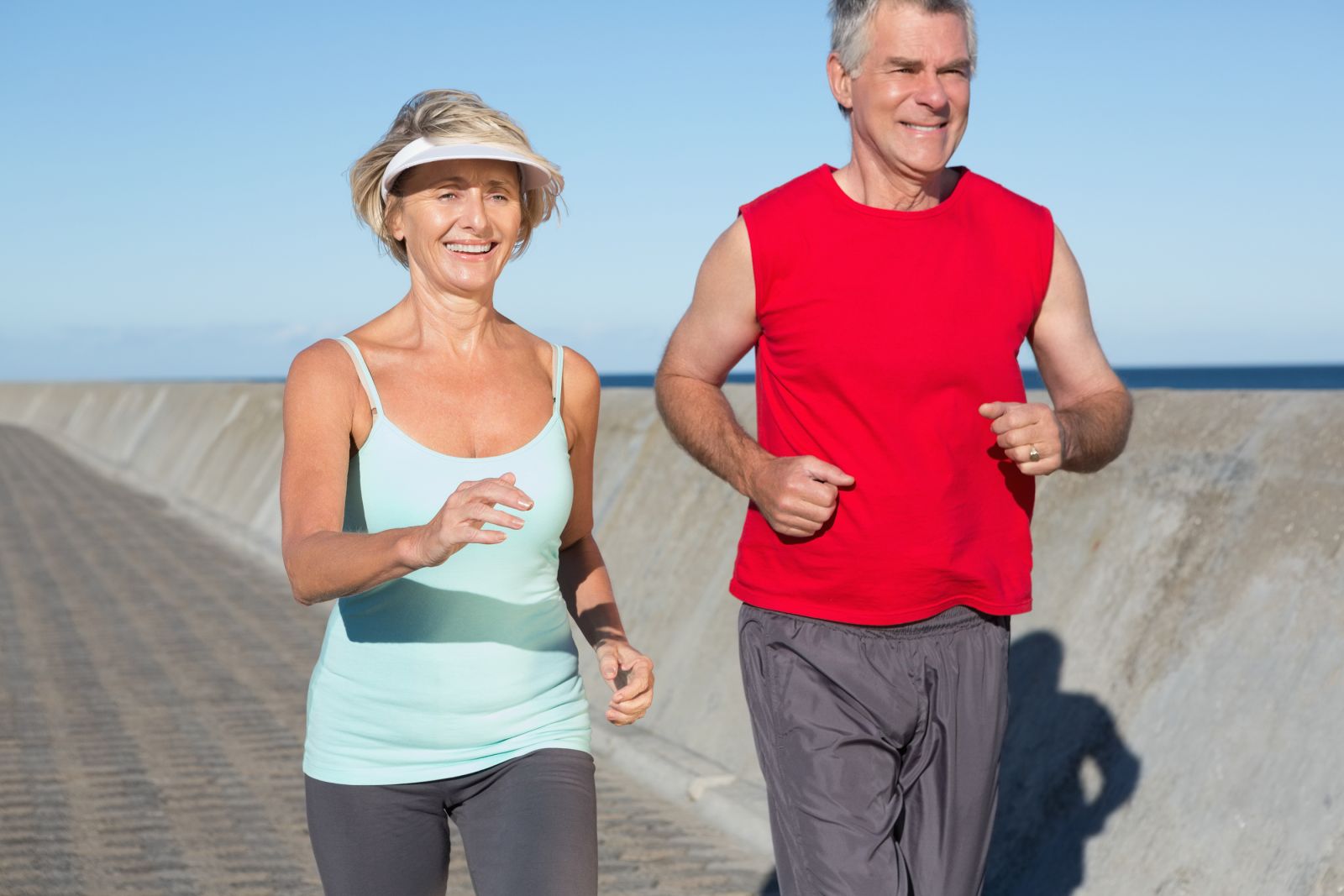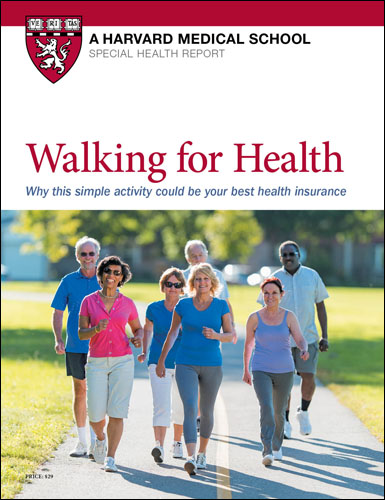
5 timeless habits for better health

What are the symptoms of prostate cancer?

Is your breakfast cereal healthy?

When pain signals an emergency: Symptoms you should never ignore

Does exercise give you energy?

Acupuncture for pain relief: How it works and what to expect

How to avoid jet lag: Tips for staying alert when you travel

Biofeedback therapy: How it works and how it can help relieve pain

Best vitamins and minerals for energy

Should you take probiotics with antibiotics?


A Beginner's Guide to Running: A gradual program to get you up to speed
Running is fun, and also outpaces most other types of exercise for the amount of benefits it delivers. So why don’t we run more? The good news is that most people can overcome obstacles to running fairly easily. This Special Health Report offers a step-by-step running plan that eases you in and helps you gradually pick up speed.
Along with strength training workouts and post-run routines that will help to loosen tight muscles and keep you limber, there's a series of foot exercises to condition your feet and ankles for the impact of running. This comprehensive running plan will helps build strength, and endurance all while minimizing the risk of injuries. Happy running!
Other Product Information
As a child, you didn’t give running a second thought. You’d take off sprinting after your friends or your dog. But now, decades later, you’re probably not as quick to break into a run — and that’s smart! Your body has changed. While running has lots of benefits, it is a high-impact activity, which means it carries a higher risk of injury than low-impact forms of exercise like walking. That’s why it’s smart to shift into low gear and prepare your body for running, then gradually build up endurance. This report will guide you so you can get the most benefits from running — and at the same time, make the process more enjoyable and less risky for your mature body.
As you prepare for a running program, you may want to try out brief runs of as little as 10 seconds at a time, to give your body time to reacquaint itself with this favorite childhood activity. It doesn’t matter if you were a track star in high school or ran a marathon in your 20s. If you haven’t been consistently running since then, running in your 40s, 50s, or 60s is a different experience, and your body needs time to adjust. You can build up from there. With time, you’ll find that running can be richly rewarding, giving you greater physical, mental, emotional, and even social benefits than other forms of exercise — as long as you do it properly.
To get you to that point, this report provides a running plan that eases you in, starting with workouts that pepper 30-minute walks with short spurts of just one minute of running. Over the course of 30 weeks, you will gradually step up the running intervals, until you are running for 30 minutes with no walking. While you’ll naturally pick up speed as you become more fit, the focus is on endurance, not speed (that can come later). Even so, 30-minute runs may not be right for everyone. If shorter runs or run/walk workouts feel better for you, there is no need to keep increasing your running time. You can just stick with whatever level of the plan works best for you.
While running is an excellent form of exercise, it is not a complete exercise program by itself. Along with running, you’ll also be doing strength training twice a week, as recommended by the Physical Activity Guidelines for Americans from the U.S. Department of Health and Human Services. Although it’s tempting to think of aerobic exercise and strength training as unrelated, strong muscles give you more power and endurance to support your body as you run, and they protect your joints from the impact.
Along with two full-body strength training workouts — one for indoors and one for outdoors — this report also includes a post-run stretching routine and a myofascial release routine, using either a foam roller or a rolling stick. Both routines will help to loosen tight muscles and keep you limber. Finally, we include a series of foot exercises to condition your feet and ankles for the impact of running. Together, these provide a comprehensive plan to power your movements while minimizing the risk of injuries. Happy running!
This Special Health Report was prepared by the editors of Harvard Health Publishing in consultation with Medical Editor Lauren E. Elson, M.D., Physical Medicine and Rehabilitation Instructor at Harvard Medical School, along with Fitness Consultant Michele Stanten, Certified Fitness Instructor at the American Council on Exercise. 53 pages. (2020)
- Why run?
- The running advantage
- The downside of running
- Safety first
- Should you talk with a doctor first?
- Tips for people with specific conditions
- Injury prevention guidelines
- Street smarts
- Four-Week Fitness Foundation Plan
- Running 101
- Where to run
- How to run
- What to wear
- Ways to make running feel easier
- How to avoid (and treat) minor problems
- Dynamic Warm-Up
- Terminology used in the workouts
- Hitting your stride: Starting a running program. 27
- A 30-week running plan
- Are you meeting the Physical Activity Guidelines?
- Running five days a week
- Indoor Strength Workout
- Outdoor Strength Workout
- Post-run stretches
- Myofascial release
- Foot exercises
- Run year-round
- Wintertime running
- Summertime running
- Resources
- Glossary
You might also be interested in…

Walking for Health: Why this simple activity could be your best health insurance
The simple activity of walking has so many powerful health benefits. Done correctly, it can be the key to losing weight, lowering blood pressure and cholesterol, and boosting your memory, as well as reducing your risk for heart disease, diabetes, cancer, and more. Walking for Health, created by the experts at Harvard Medical School, takes you step by step from why walking may be the most perfect exercise, to how to get started on a walking program, to specific walking workouts. It even has a special section on walking for weight loss.

5 timeless habits for better health

What are the symptoms of prostate cancer?

Is your breakfast cereal healthy?

When pain signals an emergency: Symptoms you should never ignore

Does exercise give you energy?

Acupuncture for pain relief: How it works and what to expect

How to avoid jet lag: Tips for staying alert when you travel

Biofeedback therapy: How it works and how it can help relieve pain

Best vitamins and minerals for energy

Should you take probiotics with antibiotics?
Free Healthbeat Signup
Get the latest in health news delivered to your inbox!
Sign Up